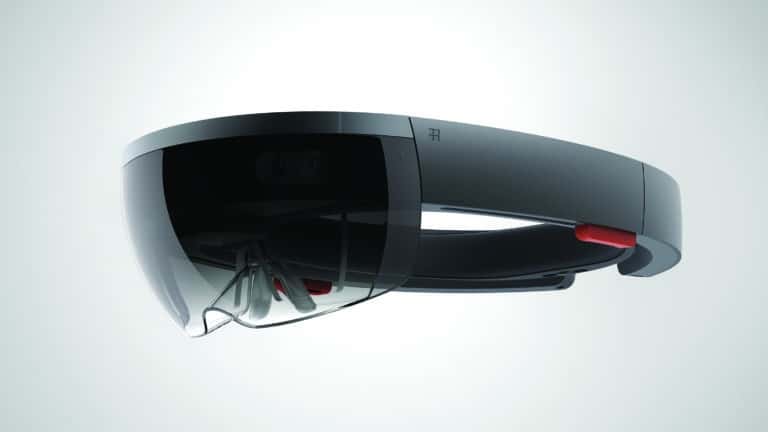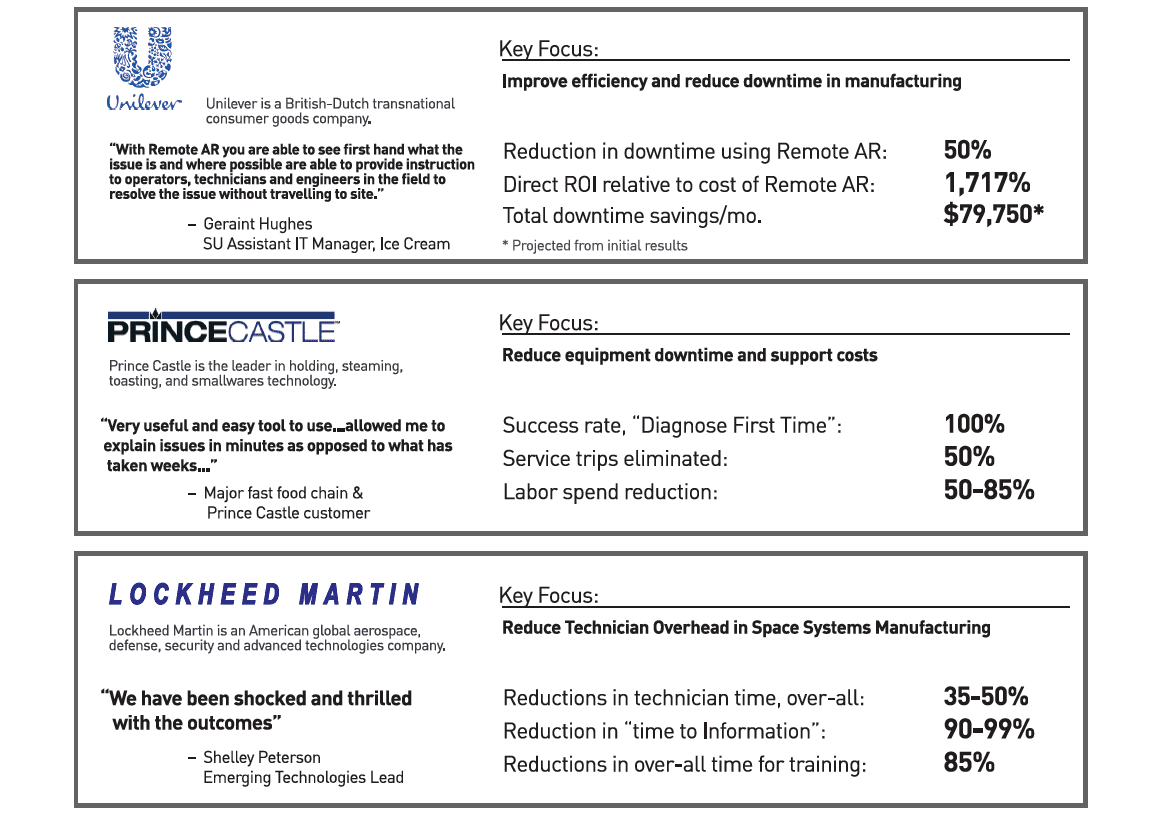
ARtillry Interviews is an ongoing series that profiles the biggest innovators in XR. Narratives are based on interviews with subjects but opinions and analysis are that of ARtillry. See the rest of the series here and our video interview show here.
Early stages of enterprise AR are all about proof points for ROI and performance, as we examined earlier this week. And we’re seeing continued evidence of enterprise AR efficacy. Atheer announced at AWE last week that it helped Porsche achieve 40 percent faster project time.
That’s in line with the 15-45 percent productivity gains we’ve tracked. But another announcement coming out of AWE exceeded that range. Scope AR achieved 99 percent faster completion for some of the individual tasks in Lockheed Martin’s manufacturing processes (data below).
“AR is really proving itself out as we get more and more companies using it,” Scope AR CEO Scott Montgomerie told us at AWE. “As we publish results like this, it will continue to make the case for AR in several enterprise functions. We can feel the momentum and adoption building.”
As we’ve examined in past reports and our latest market sizing figures, enterprise AR’s biggest friction is with enterprises themselves. This is due to typical red tape, sales cycles and risk aversion. But the walls are breaking down and we could see a tipping point in the next few years.

That tipping point is followed by accelerated adoption and a path to $29 billion by 2022 (see below). This is the adoption pattern we saw with enterprise smartphone adoption over the past 10 years: Like that shift, enterprise AR (and VR for that matter) will build slow then happen fast.
Speaking of Scope AR, it also announced it’s integrating its two main products: Remote AR and WorkLink. The former enables remote live assistance, while the latter enables creation and authoring of AR instructions which are then overlaid on machine parts with dimensional accuracy.
Bringing them together makes sense and creates a “whole is greater than the sum of its parts” dynamic. For example, pre-authored instructions can guide field workers, but then remote subject mater experts (SME) can drop in via video call for an additional layer of “see what I see” support.
You can also envision the opposite: In live remote-assisted sessions, the SME can tap into pre-authored instruction animations. He or she can then overlay those sequences – in addition to free-form annotations in Remote AR – to add dimension and effectiveness to live support.

This makes the product suite more versatile, which should in turn support Scope AR’s continued growth, which has been strong so far. For example, the combined product could accelerate penetration into new verticals beyond the industrial settings where Scope AR focuses today.
“So far we’ve been strong in aerospace, and heavy equipment manufacturing,” Montgomerie told us. “This will allow us to go deeper in those verticals, but it could also allow us to grow faster into other verticals such as healthcare and telecom.”
For example, Montgomerie says it’s exploring working with Canadian ISP TELUS for remote customer assistance in setting up cable or internet service. That’s cheaper than sending out a field technician, and more effective than typical “flying blind” voice instructions in a support call.
It also interestingly opens up another area of opportunity which is to apply enterprise-like support scenarios to consumers. Though at-home router activations are lower stakes than, say, industrial maintenance, they’re greater in volume and represent more scale for AR guided support.
“That’s sort of a consumer use case, but the enterprise is the one that’s adopting the technology,” said Montgomerie. “That makes it a B to B to C use case, which could represent a strong area of growth.”
For deeper XR data and intelligence, join ARtillry PRO and subscribe to the free ARtillry Weekly newsletter.
Disclosure: ARtillry has no financial stake in the companies mentioned in this post, nor received payment for its production. Disclosure and ethics policy can be seen here.
Header image credit: Microsoft
